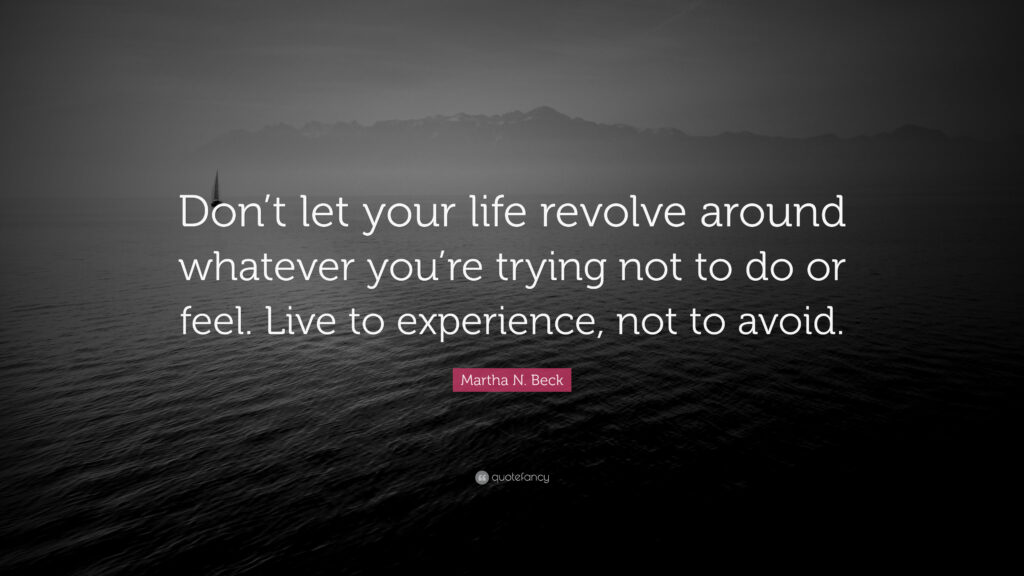I have a fantastic men’s group !! We meet weekly and I’m sure to get many takeaways from our time together. This week, my dear friend Larry gave me a true nugget.
We were talking about behavior and things that make us uncomfortable when he said, “Oh when that happens I put it in the avoidance box.” I stopped all of the other conversations going on around the table. “What? What is an avoidance box?” I asked.
“You know. It’s the place you use when you’d rather avoid something instead of facing it. We all have one,” he replied.
I told him, “I’m keeping that one !!” – and here we are. His phrase made me pause and reflect wondering if I had, or used, an avoidance box. The more I thought about it, I do. I’m also positive that this storage place is used by everyone around me. Please note, I don’t believe this is a “right or wrong” situation. We all avoid things. We may avoid interactions, situations, or circumstances for safety. We assess the potential risks and then decide whether to jump in or let it pass.
There are also people we avoid. This avoidance is more challenging for me to accept because I see every person as someone to learn from. We know people avoid each other because we see it at work, in families, and in social interactions. There are myriad reasons why we justify steering clear of others. It’s a shame but it’s also a reality.
Many people go through the majority of their day practicing tactical avoidance. They limit interactions with others because there’s an innate assumption that each conversation will involve something negative. It may mean more work. It may be the feeling that they won’t truly listen or consider your idea/feedback. You may have also had a time in the past when an interaction didn’t go well with that person so you assume it will happen again.
Add to all of these voices of doubt the unpredictability of the emotions of the people involved. You may be having a great day when someone else isn’t. Or, the opposite may be true. We keep trying to fool ourselves that emotions aren’t present when we talk to others because we’re focusing on the task in front of us. Emotions lead. Always. We can’t turn them off.
So, is an avoidance box a great tool? It depends.
There may be a time for you to step aside and address something in the future. It may help emotions balance or reduce potential risk. There’s value in buying time. If this is the case, the avoidance box should be used on rare occasions instead of it being a primary practice.
There is far more value in having encounters and interactions with people than avoiding them. I’d venture to say that 90% of those occurrences are productive and positive. The negative voices are rarely right. Sure, there’s that 10% of people who will be difficult regardless of the situation. That’s a small percentage we should keep in its place and step into that 90% which should go well.
This week look into the closet and see how full your avoidance box is. See if it needs to be emptied a bit and pull out those items you should tackle. You don’t have to empty it completely, but see what you can do to clear it out a bit. You’ll be glad you did !!

